The chest is topped with a molded Belgian red marble top.
Early 18th century, Régence Period
Customary restorations
H. 86 x W. 130 x D. 65 cm
The chest of drawers we present today is remarkable for its volume and the quality and richness of its bronze mounts. It is a true collector's piece. It is perfectly in line with its era and is a genuine testimony to the Regency style. Indeed, its tomb-shaped form, where two large moustaches on the front define the shapes of the central drawer, is masterfully executed. Let's take a step back in the history of the chest of drawers to understand why this one is considered an "outstanding piece of furniture" and compare it with similar models.
The chest of drawers appeared earlier under Louis XIV and became more complex around the 1710s. The curved shape took hold, along with the form of the so-called "sarcophagus" or tomb-shaped chest of drawers, as it recalls the volumes of a sarcophagus. Here, we also have a specific Regency decoration formed by two mustaches in the lower part. These mustaches were often formed by two cornucopias, which were transformed into two acanthus scrolls. The shape of the drawer then follows the shape of these mustaches, dividing its row into three drawers. This peculiarity is unique to Regency productions, as evidenced by the chest of drawers preserved at the Musée Carnavalet in Paris (inv. MB 176), which features this curious division of the lower drawers. The Musée des Beaux-Arts de Dijon also preserves a chest of drawers stamped by the cabinetmaker Louis-Simon Painsun (to whom the Carnavalet museum piece is also attributed) and adorned with two cornucopias. We note that our keyhole entries are similar to those used by Painsun on the chest of drawers preserved in Dijon (1980-9-OA).
In this way, several leads are opened regarding the attribution of a cabinetmaker to this chest of drawers. The Regency period did not yet require the stamp, so it is normal not to find the author's "signature." Louis-Simon Painsun, Etienne Doirat, and François Mondon are three names that could correspond to the work we have before us. Among the works you can compare, we want to emphasize that our bronzes are more "interesting," more original, and imposing, particularly at the level of the falls. The bust of a woman and the decomposition of the drawers with this cartouche make the chest of drawers unique.
Louis-Simon Painsun is one of the cabinetmakers we have identified. He obtained his master status before 1730 and married the daughter of the cabinetmaker Etienne Doirat, another talented artisan of the Regency who favored "bridge" forms. The recess of the central drawer, often practiced by Painsun on the last row of his chests of drawers, evokes the look of bridge chests. Painsun worked extensively with his father-in-law, offering his merchandise in his shop.
Etienne Doirat, for his part, was recognized as a master before 1730. His high-quality production includes many tomb-shaped chests of drawers, often inlaid with dark wood whose patterns feature a beautiful grid play like ours.
Finally, the cabinetmaker François Mondon (active from the 1730s) used the same bronze feet several times on his chests of drawers and remains a serious contender for the attribution of this exceptional chest of drawers.



















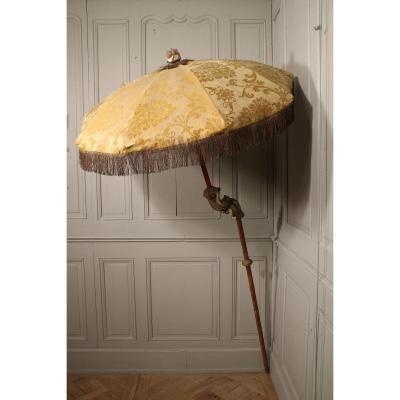

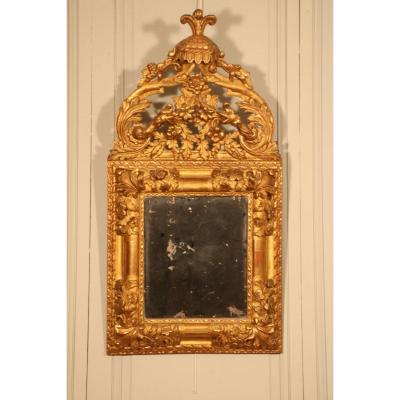
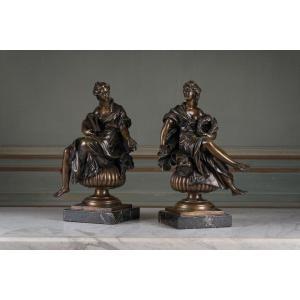

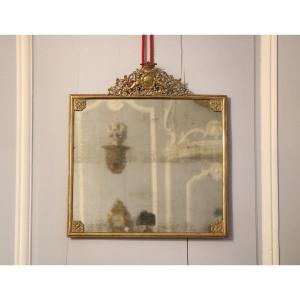
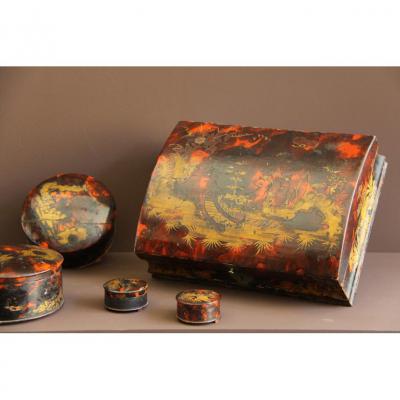

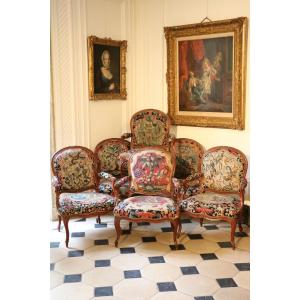

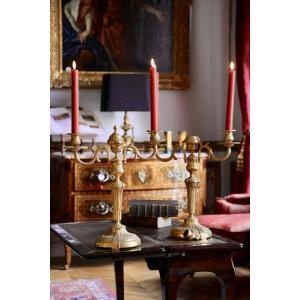

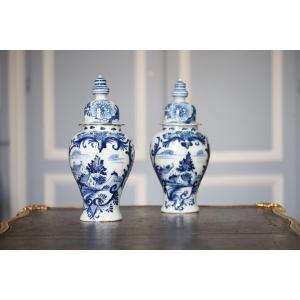
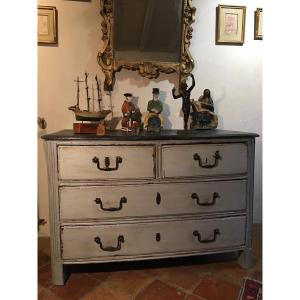

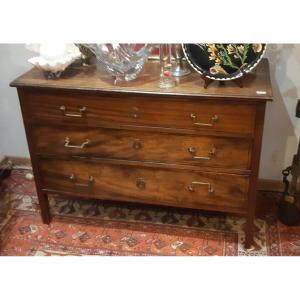
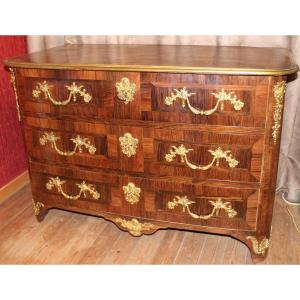
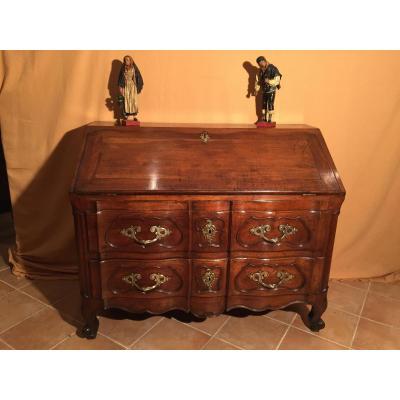



 Le Magazine de PROANTIC
Le Magazine de PROANTIC TRÉSORS Magazine
TRÉSORS Magazine Rivista Artiquariato
Rivista Artiquariato